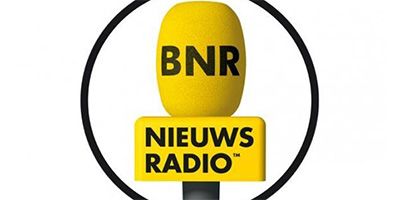
The price of a product is incredibly important: it determines, among other things, whether a product is purchased. This factor is often ignored by many consumers. Retail professionals are fixated on the right price, while most consumers don't even glance at the price tag, as revealed by Eye Tracking research.
Practical Technique: What Makes a Price 'Appealing'?
If you ask a classical economist what makes a price appealing, the answer is likely "a low number." Homo economicus is assumed to obey a downward-sloping price-demand curve; the higher the price, the lower the demand.
Context and price format should not matter. Fortunately, psychologists today know better. The actual number is just one of the many factors that price throws into the mix.
In our blog 5 Subtle Psychological Techniques of Physical Stores, we once wrote about where to place the price on a price tag, why similar products should not have the same price, and what small adjustments can do to a price. In this blog, we focus on price notation.
1. Simple Calculations Work Well
Firstly, random differences in the price number can lead to significant differences in purchasing behaviour. For example, €4.28 sells significantly better than the actually cheaper €4.27. The reason is that our brain loves prices that hide small calculations; in this case, a multiplication of the first two numbers. An exception applies if your birthday is on the 27th of the month, then your preference would have been for the second price. We seem to get an extra good feeling from prices that contain personally relevant numbers. In short, even the price number communicates more than just the value the product represents.

2. The Price Design
Equally important is the price design: the way the price is physically displayed on the price tag. Prices evoke in our brain more or less the same reaction as when you hit your thumb with a hammer. Prices cause a bit of neural pain. The less the design of the price draws attention to the price – mind you, without compromising clarity – the greater the chance of a purchase.

A price notation (left) will generate fewer sales than the (right). The reason? Removing the currency symbol, thinner text, lighter colour, and smaller decimals dampen the call "Look! This will cost you money." Result: less price pain.
3. The Anchoring Effect
Finally, you can change price perception by playing with context. The godfather of all context techniques is the anchoring effect; by first showing a high price, subsequent prices seem cheaper. Can't get people to pay €3.65 for a large coffee? Introduce an even larger coffee for €4.15. If Starbucks can do it, so can you.
For the same reason, it is beneficial for restaurants to order their wine list from expensive to cheap. This simple reordering yields an average of 4.2% more revenue.
The anchoring effect has an even subtler sibling: the decoy effect. This makes the most expensive option more attractive by pricing a medium option too high. When a fast-food chain wants to sell more large fries for €3.00 than small fries for €2.00, they only need to add a medium variant for €2.85. Few customers will choose the new middle option, but it results in a complete shift in value perception. People will feel they are getting a significant bonus with the large fries for just €0.15 more.
Curious about what else you can learn about the ideal price? Check out the Master of Retail Psychology & Shopper Neuroscience!


 EN
EN  NL
NL 





